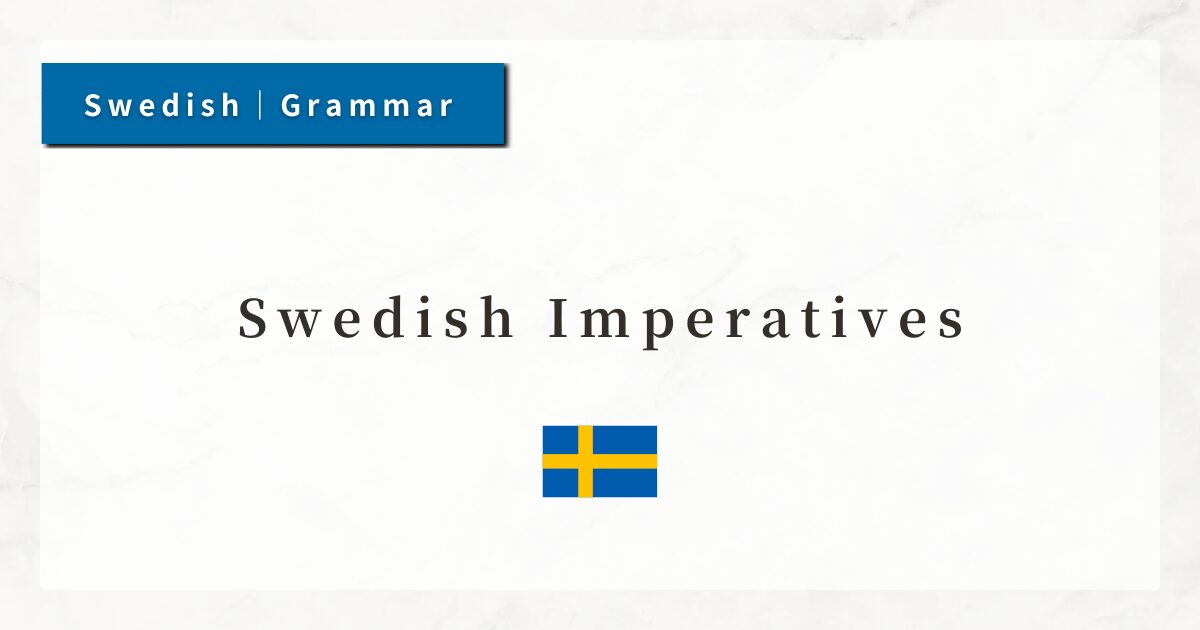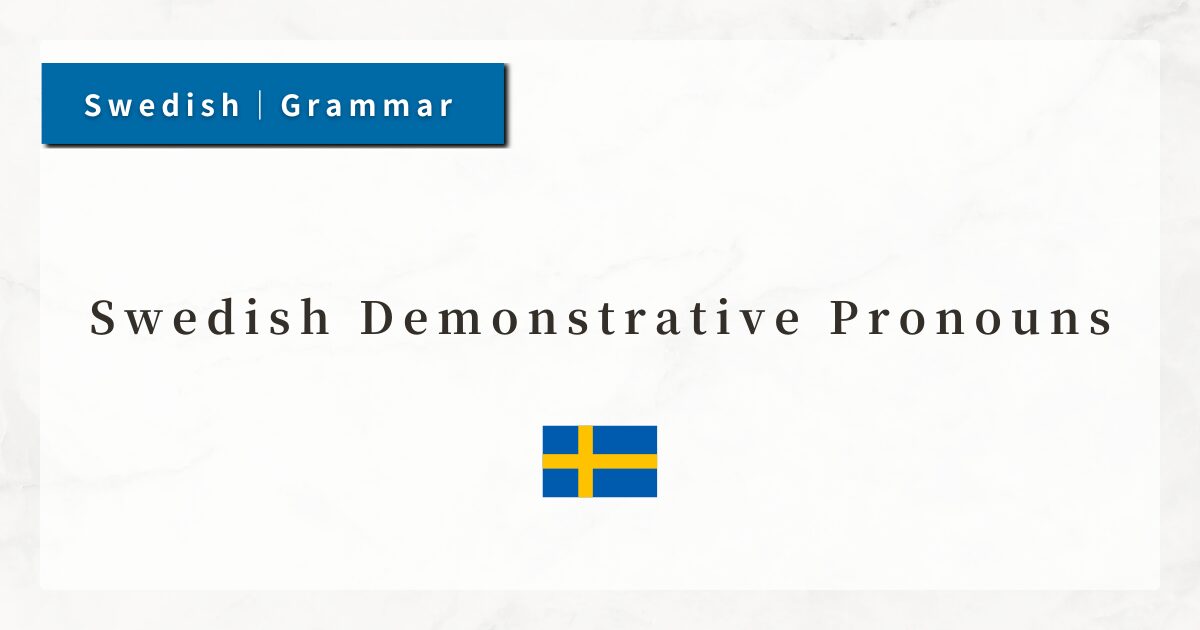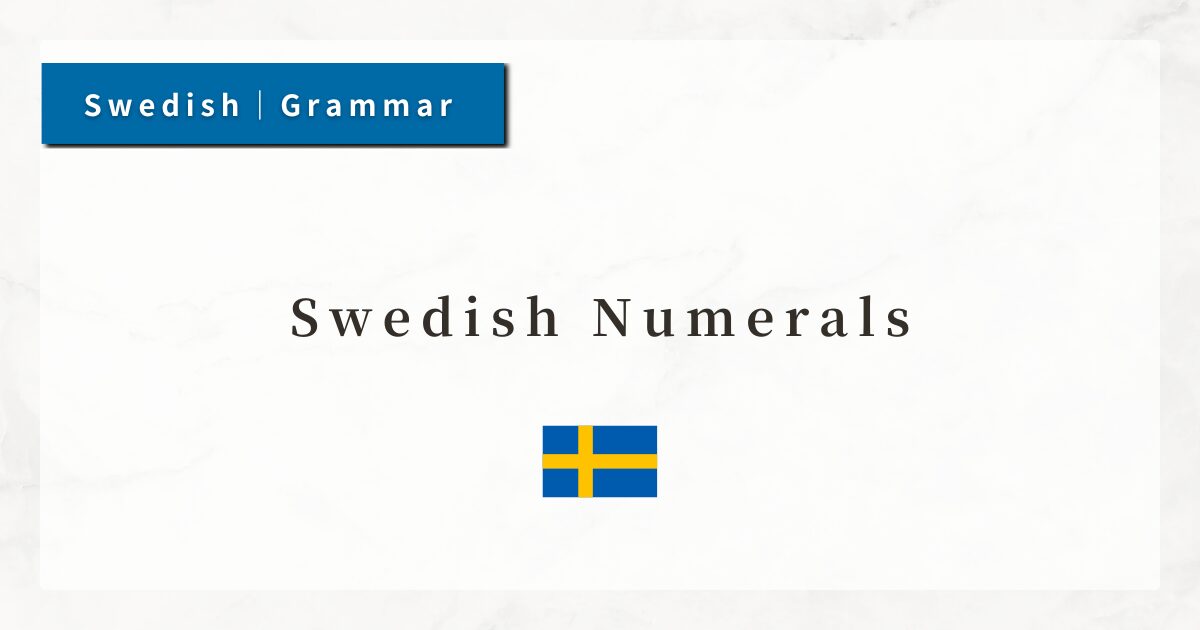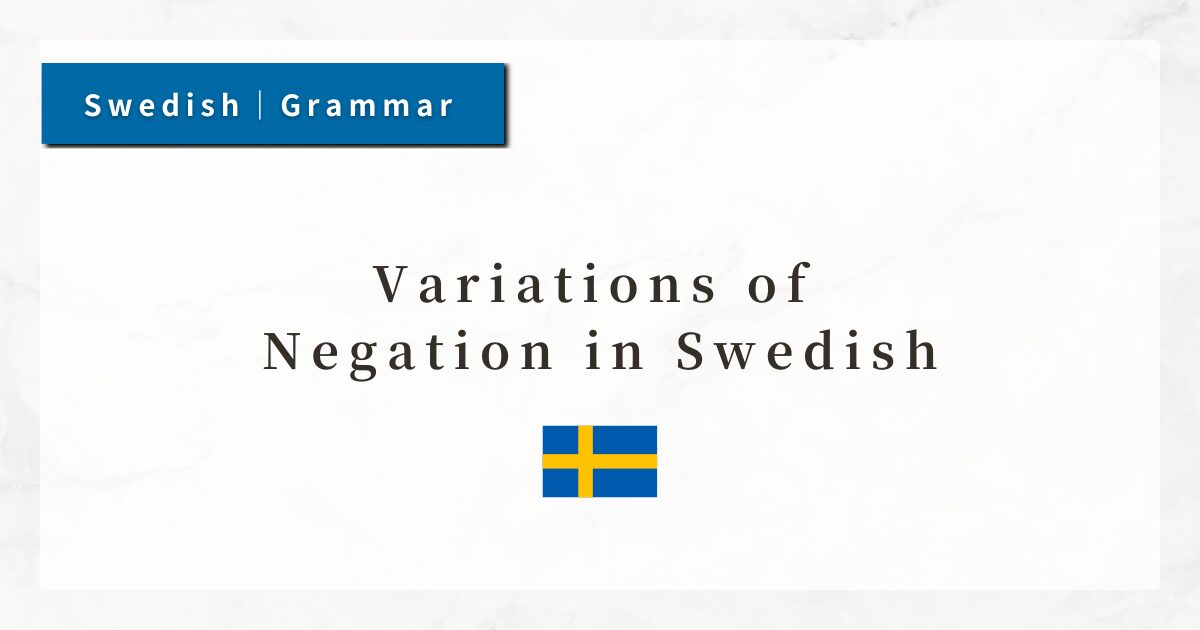#32 Swedish Future Tense|How to Use ska and kommer att
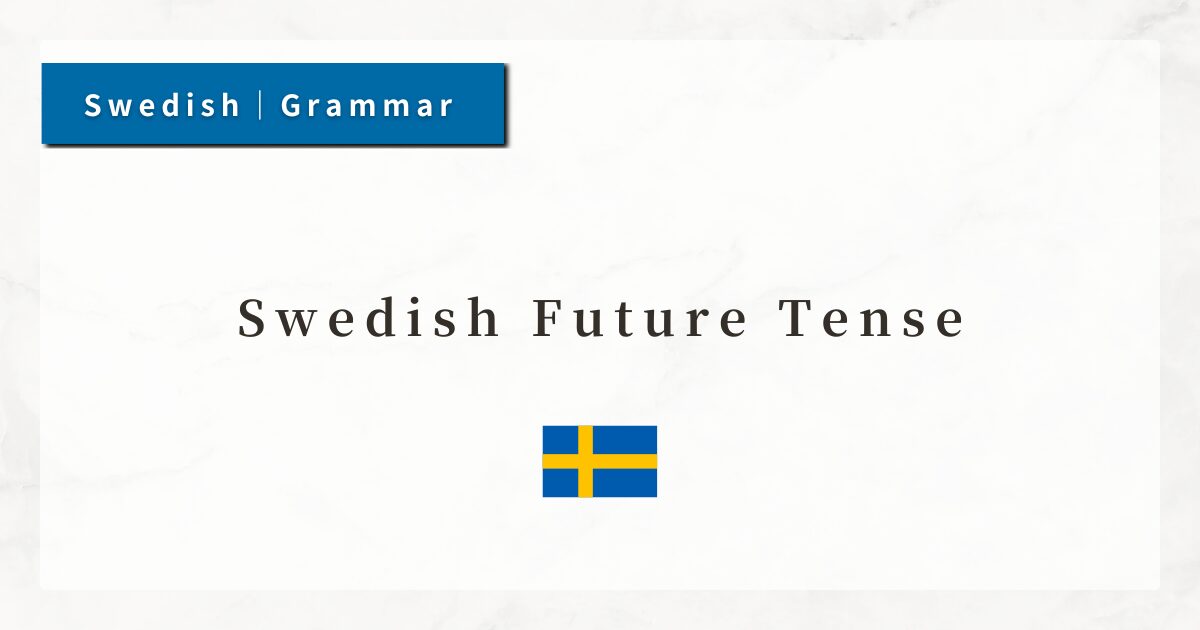
In Swedish, there are several ways to express the future. You can use the auxiliary verbs ska and kommer att, or you can rely on the present tense combined with adverbs of time to indicate a future meaning.
This means that depending on the context, you must choose between multiple forms of expression.
In this lesson, I will explain in detail how to use these different future forms, their word order rules, and the nuances they carry.
1. Basics of Future Expression
In Swedish, the future is expressed in three main ways:
- ska + infinitive:
the speaker’s intention, plan, or a decided arrangement - kommer att + infinitive:
external factors, objective predictions about the future - present tense + time adverbial:
when context clearly indicates the future
Understanding the differences between these forms is essential for using them correctly.
2. The Auxiliary ska: Expressing Intention, Plans, and Promises
ska is a very common auxiliary verb used to express the future in everyday Swedish. It conveys the speaker’s intention, personal plans, or promises made with others.
Because ska is based on the speaker’s subjective perspective, it is less often used for describing external events or the actions of others.
Structure: Subject + ska + infinitive
- Jag ska träffa Anna i kväll.
(I am going to meet Anna tonight.) - Vi ska resa till Norge nästa vecka.
(We are going to travel to Norway next week.) - Ska du jobba i morgon?
(Are you going to work tomorrow?)
The future form with ska is close in nuance to English “going to.” Ska can also carry the meaning of obligation, similar to English “shall” or “must.”
3. kommer att: Expressing Objective Futures and Predictions
The construction kommer att + infinitive is used when referring to future events that are judged objectively, or when something is highly likely to happen.
It is comparable to English “will”, but compared with ska, it is more often used for natural developments or outcomes beyond the speaker’s control.
Structure: Subject + kommer att + infinitive
- Det kommer att regna i morgon.
(It will rain tomorrow.) - Hon kommer att vinna tävlingen.
(She will win the competition.) - Kommer det att bli kallt i kväll?
(Will it be cold tonight?)
This form is particularly suited to natural phenomena, objective predictions, or information reported in news and reports.
4. Using the Present Tense for Future Events
In Swedish, if the context clearly indicates the future, the present tense can also be used to describe future events. This is similar to English usage.
- Jag åker till Göteborg i morgon.
(I am going to Gothenburg tomorrow.) - Kursen börjar nästa måndag.
(The course begins next Monday.) - Vi ses i kväll!
(See you tonight!)
To clearly express the future meaning, time expressions such as i morgon (tomorrow) or nästa vecka (next week) are essential.
5. Word Order in Questions and Negatives
In declarative sentences, future forms generally follow the normal SVO structure (Subject + Verb + Object).
However, in questions and negatives, special attention must be paid to the position of the auxiliaries ska and kommer att.
5-1. Word Order in Questions (ska / kommer att)
- Ska du åka i morgon?
(Are you going to leave tomorrow?) - Kommer ni att vara hemma?
(Will you be at home?)
In both cases, the auxiliary verb moves to the front of the sentence in inverted word order.
5-2. Word Order in Negatives
- Jag ska inte gå dit.
(I am not going to go there.) - Det kommer inte att fungera.
(It will not work.)
In negatives, the adverb inte is always placed immediately after the auxiliary (ska / kommer).
6. Differences Between ska and kommer att
Both ska and kommer att describe future events, but their nuance differs.
| Comparison | ska | kommer att |
|---|---|---|
| Main meaning | intention, plan, personal decision | prediction, objective future |
| Speaker’s involvement | strong (based on intention or judgment) | weak (natural development, external perspective) |
| Typical context | personal plans, casual conversation | news, objective reports, logical explanations |
| Example | Jag ska plugga i kväll. (I am going to study tonight) | Det kommer att regna. (It will rain.) |
7. Summary
- In Swedish, the future can be expressed in three ways: ska, kommer att, or present tense with clear time expressions.
- ska expresses intention, will, or personal plans.
- kommer att expresses objective predictions or natural developments.
- Present tense can also indicate the future if accompanied by clear time adverbials.
- Pay attention to word order in questions and negatives, where auxiliaries move or where inte is placed.

